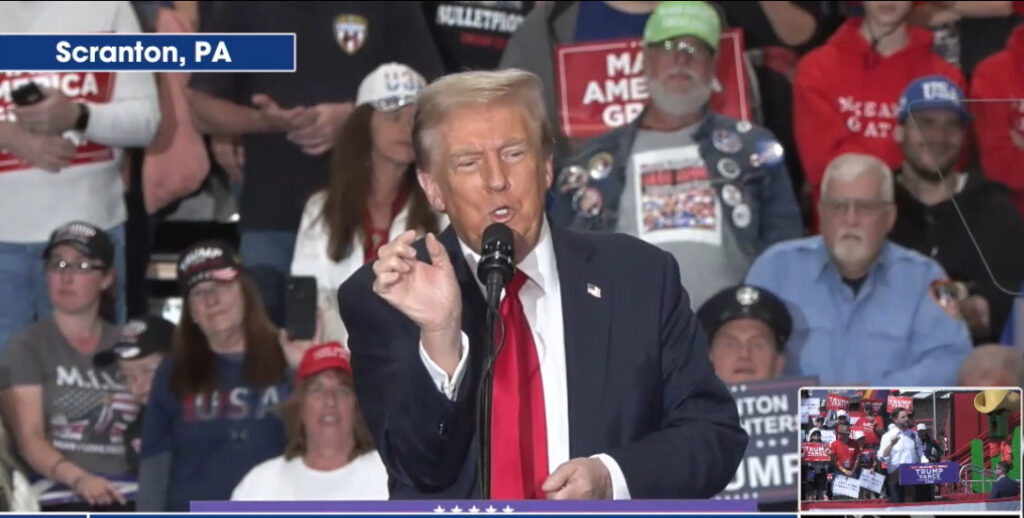Donald Trump’s impact on political rhetoric is profound, distinguishing him as a masterful orator while innovating the art form itself. His entry into national politics in 2016 showcased his unique salesmanship in communicating complex ideas simply and effectively. With a talent for summarizing the nation’s pressing issues—ranging from immigration to dissatisfaction with the elite—his remarks not only informed but entertained, captivating a mass audience with memorable sound bites. However, Trump’s influence extends beyond mere simplification of concepts; he is a rhetorical craftsman and storyteller who employs humor and personal anecdotes to bewitch his listeners. His ability to engage a diverse audience, sustaining their attention and imagination, is a testament to his oratorical evolution over the past decade.
Amidst a landscape of reduced attention spans and overwhelming distractions, conventional wisdom suggested that no individual could enchant a large population like past leaders such as Franklin Roosevelt or Abraham Lincoln. Yet, Trump has defied this expectation by establishing himself as both a source of political entertainment and authority within a fractious society. His rhetoric resonates even among those jaded by politics, showcasing an ability to navigate the modern attention economy effectively. In doing so, he manages to break through the chaos and divisiveness, engaging people who are typically less interested in political discourse.
Central to Trump’s rhetorical strategy is his technique referred to as “the weave,” which allows him to interlace various topics during his speeches, linking seemingly disparate ideas in a manner that resonates with audiences. In a way reminiscent of traditional oratory lessons from figures like Cicero and Demosthenes, Trump articulates complex thoughts by returning to core messages, effectively enhancing listener comprehension. While critics may dismiss his style as disjointed “rambling,” this approach enables him to cover numerous topics while maintaining a cohesive narrative, thus maximizing the impact of his speeches.
Trump has effectively elevated his use of “the weave” to an art form, seamlessly integrating this technique into his off-the-cuff storytelling. His rhetorical style reflects a departure from the meticulous, linear logic employed by past politicians and embraces a more dynamic, engaging narrative structure that resonates with modern audiences. This artistic application of rhetoric allows him to evoke powerful emotional responses, capturing attention in a way that more traditional political forms often fail to achieve. In this context, Trump’s speeches not only inform but also elevate discourse to a level that is more captivating and accessible.
Furthermore, Trump’s innovative use of language and address connects him deeply to America’s rich tradition of literary and political discourse, which has historically combined the two realms. Great American literary figures, including statesmen like Thomas Jefferson and Theodore Roosevelt, exemplify this intertwined relationship, demonstrating that political rhetoric can be both impactful and artistic. However, as society evolves towards more visual and audio mediums, the challenge lies in adapting traditional forms of communication to fit contemporary preferences. Trump’s success underscores that the essence of effective political communication remains rooted in its ability to forge connections and inspire imagination, irrespective of the medium.
Ultimately, Trump’s “weave” serves as more than a mere rhetorical device; it acts as a gateway for broader dialogue and innovative thinking within the public sphere. He invites audiences to consider new ideas and possibilities, transcending conventional narratives that often limit societal progress. By nurturing a culture of “thinking big,” he empowers people to explore fresh concepts and aspirations, which can stimulate intellectual growth and drive societal advancement. In so doing, Trump’s rhetorical innovation may eclipse specific political agendas, thrusting the broader realm of human creativity and imagination to the forefront of national discourse—a vital component for any civilization’s progress.

